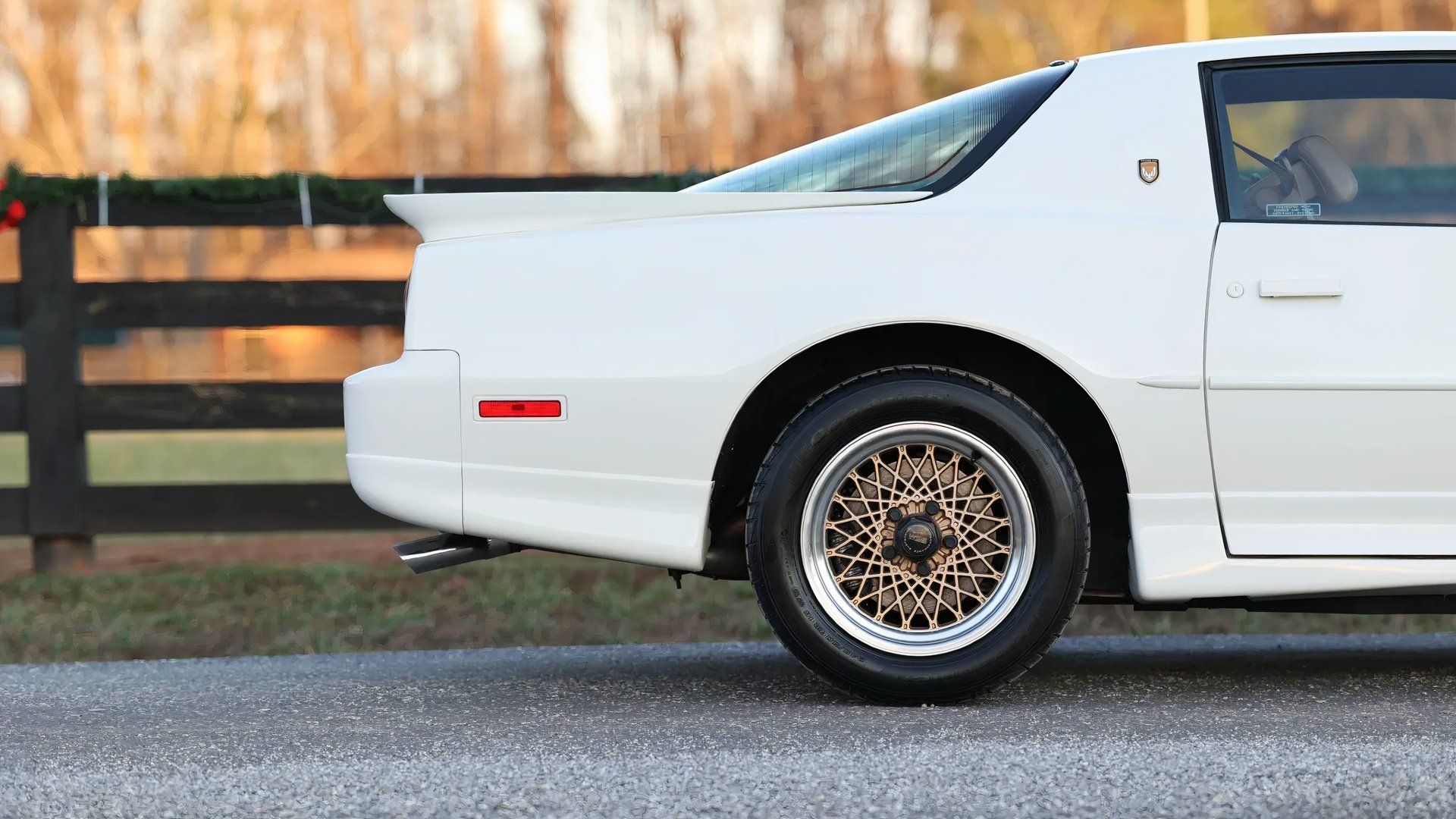The Turbo Pontiac That Truly Continued The Buick Grand National Legacy

The Rise and Fall of the 1989 Pontiac Turbo Trans Am
In the late '80s, American performance cars were beginning to reclaim their place in the automotive world. Turbocharging was making a comeback, and General Motors had some innovative ideas in store. One of these ideas became a cult favorite: the Grand National. However, what followed was an even more refined and powerful version that somehow slipped under the radar.
This successor came with a familiar engine but a sleeker design and a surprising badge. It outperformed the Corvette of its time, was rarer than the GNX, and packed performance features that few expected from a muscle car platform. Despite all this, it only lasted for one model year, and even among diehard enthusiasts, it rarely gets the attention it deserves.
A Performance Powerhouse Under the Hood
The 1989 Pontiac Turbo Trans Am was more than just a flashy car with pace car decals. It was powered by the same 3.8-liter turbocharged V6 that made the Buick Grand National a legend. However, Buick engineers took things a step further by tweaking the engine block, improving internal components, and enhancing airflow. This resulted in a factory rating of 250 horsepower and 340 lb-ft of torque, though real-world figures were closer to 300 horses and 360 lb-ft.
Power was sent through a 4-speed 200-4R automatic transmission and a limited-slip rear differential. While these numbers might not seem impressive on paper, the Turbo Trans Am could accelerate from 0 to 60 mph in just 4.6 seconds and complete the quarter-mile in 13.4 seconds. This made it faster than the C4 Corvette and nearly as quick as the Ferrari 348.
Designed for Speed, Built for the Track
Buick’s turbo V6 had matured significantly by this point. With improved tuning and intercooling, it delivered strong torque and mid-range power. Unlike the GNX, the Turbo Trans Am featured a sleeker, lighter Firebird body, which significantly improved its power-to-weight ratio.
The car wasn’t built to be a halo model. Instead, it was created as the official pace car for the 73rd running of the Indianapolis 500 in 1989. Pontiac needed something special for this role, and GM’s turbocharged V6 was the perfect fit. However, since Pontiac didn’t have a turbo motor ready for production, they turned to Buick’s proven engine. This collaboration led to the creation of the Buick Turbo Trans Am, a blend of urgency, corporate resource-sharing, and skilled engineering.
A Street-Legal Weapon
Pontiac enlisted ASC to modify the Firebird GTA chassis to accommodate the Buick V6. This involved reshaping the front crossmember and other adjustments to fit the wider oil pan and different exhaust routing. The intercooler also posed a challenge, but the results were worth it. What began as a marketing exercise ended up being one of the fastest American cars of the decade.
All 1,555 examples of the Buick Turbo Trans Am were fully street-legal, making them true road-going weapons.
Faster Than a Corvette, But Overlooked
The C4 Corvette of the late '80s was no slouch, but the Turbo Trans Am had the edge. In 1989, a new Corvette cost around $32,000, while the Buick-powered Trans Am was priced at $29,000. For that price, you got a car that could out-accelerate the flagship model.
The Turbo Trans Am’s turbocharged setup provided instant torque, giving it a more dramatic launch compared to the high-revving Corvette V8. Its 200-4R transmission was also better tuned for quick shifts and low-end grunt.
Despite this, the Turbo Trans Am never received the recognition it deserved. GM ensured it flew under the radar, with no full ad campaign, no multi-year run, and no follow-up development. One year, 1,555 cars, and that was it.
Rarer Than the GNX
With only 1,555 units built, the Buick Turbo Trans Am is rarer than the GNX. Of those, just 187 came without T-tops, and only 24 were equipped with cloth interiors. All were finished in white with saddle interiors, and many wore Indy 500 graphics. Under the hood, each was essentially a one-off, with modifications to the engine bay, transmission, and cooling system.
It was as close to a factory hot rod as GM ever dared get. While the GNX may have more mystique today, the Turbo Trans Am arguably offered more performance, better handling, and a sleeker look. It was the final evolution of the turbocharged Grand National concept, just in a different body.
A Forgotten Gem
Today, finding a clean, original example of the Turbo Trans Am can be tough. Prices have risen slowly, but they still hover between $30,000 and $45,000 for a solid example. That’s a bargain for something this fast, rare, and historically significant.
For those who know, the Turbo Trans Am stands as one of the greatest performance bargains GM ever built. It combined the best of Buick’s powertrain engineering with Pontiac’s sharper chassis and sleeker design. It beat Corvettes, humbled imports, and set the pace at Indy. It was the final evolution of the turbocharged Grand National concept, just in a different body. Yet, it never received the recognition it truly deserved.
Post a Comment for "The Turbo Pontiac That Truly Continued The Buick Grand National Legacy"
Post a Comment